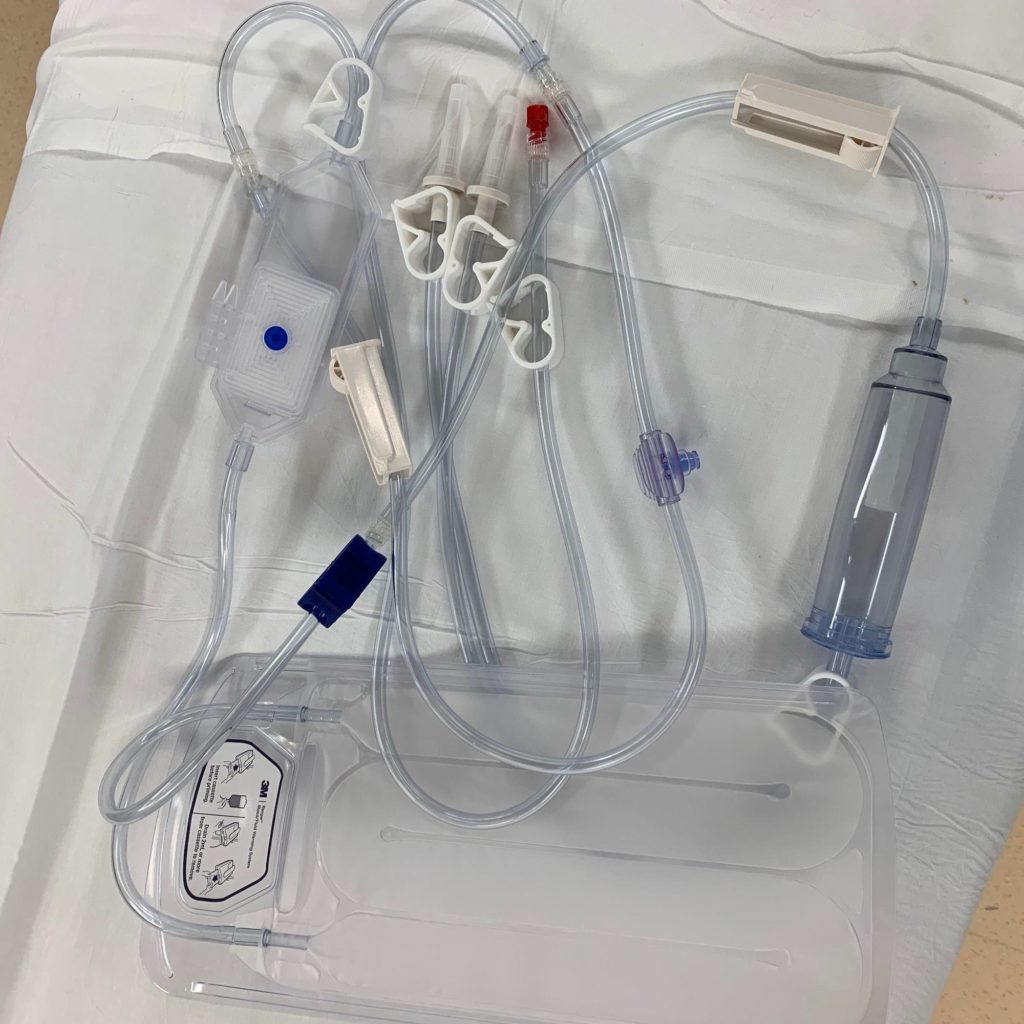Over the years, I’ve used many types of fluid warmers from rapid infusers like the Belmont and Level 1 to more conventional products like the Ranger series. The priming process is somewhat different for each product, but regardless, I always want to make sure I can place a 3-way stopcock between the patient and the device.
Typically these lines are connected to the best access a patient has – a central line or large bore peripheral IV catheter. By having a stopcock situated close to the patient, the line can also be used to bolus medications. Furthermore as a safety measure, I turn the stopcock “off” if I’m worried about inadvertently bolusing a large volume of fluid during tenuous situations (ie, impending right ventricular failure).







Hey Rishi,
I have not seen this utilized in my current nursing practice, although I love the idea. I was wondering, would placing a stopcock in line effect the rate at which you are able to transfuse in a situation like this? Let me know your thoughts.
Thanks,
Justin
Theoretically, yes, adding elements in line to any IV tubing will increase the resistance to flow; however, it won’t be by much AND it gives you another place to bolus emergency medications with ongoing resuscitative measures. If anything, I can attach a syringe to the stopcock and “push/pull” blood products manually. I often have to do this in the operating room.